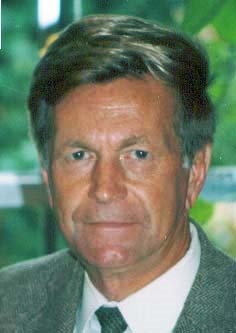Abstract
Explanation and description of power properties of electrical systems with nonsinusoidal voltages and currents, meaning power theory of electrical systems, is one of the most controversial and debatable issues of electrical engineering for more than a century. This controversy casts a shadow on measurements of power quantities in electrical systems, because it may be not obvious whether measurements of some power quantities has any sense or not.
There were several different concepts of the power theory development, meaning adopting specific power definitions and power equations, suggested by Budeanu, Fryze, Shepherd & Zakikhani, Kusters & Moore, Depenbrock, Nabae & Akagi and others. Some of these concepts were endorsed by the IEEE Standards, DIN Standards; by the International Electrotechnical Commission (ICE) or the IEEE Standard 1459.
A major progress in selection of powers definitions for asymmetrical systems with nonsinusoidal voltages and currents was obtained with the development, by the author of this tutorial, the Currents’ Physical Components (CPC) – based power theory. It associates specific electric powers with distinctive physical phenomena in single-phase and in three-phase loads of any complexity. This theory identifies six different phenomena which contribute to an increase of the supply current rms value above its minimum value needed to supply the load with the active power P. The CPC - based power theory is currently the most advanced power theory of electrical systems, a fundamental for measurements and for the most advanced methods of compensation, both with reactive and with switching compensators, in such systems.
A draft of the CPC-based power theory and its implications for measurements shall be presented in the tutorial. The tutorial will address the issue of the development of instrumentation for measurement of the CPC – based power quantities in electrical systems with nonsinusoidal and asymmetrical voltages and currents. It would be also demonstrated that some existing instrumentation for powers measurement is based on erroneous definitions of electric powers and might not provide right information on the system performance or the data needed for compensator design and control.
Presenter Bio
Leszek S. Czarnecki

Leszek S. Czarnecki, IEEE Life Fellow, Ph.D., D.Sc., Titled Professor of Technological Sciences of Poland, Distinguished Professor at Louisiana State University, received M.S., Ph.D. and D.Sc. degrees from Gliwice University of Technology, Poland. From 1984 he was employed for two years as a Visiting Research Officer at National Research Council (NRC) of Canada. Currently he is with the Electrical and Computer Engineering Dept. of Louisiana State University, USA. Dr. Czarnecki developed the Currents’ Physical Components (CPC) – power theory of three-phase electrical systems with nonsinusoidal and asymmetrical voltages and currents, currently a leading power theory which explains all physical phenomena and provides fundamentals for measure-ments and compensation in such systems. For this contribution to the electrical engineering Dr. Czarnecki was elevated to the grade of IEEE Fellow. For a public activity in United States on behalf of Poland, Dr. Czarnecki was decorated by the President of Poland with the Knight Cross of the Medal of Merit of the Republic of Poland. Dr. Czarnecki was also involved in mountaineering, diving and underwater photography. He claimed Lhotse (No. 4 of the World) in Himalayas (8350m); the main ridge of Ruwenzori Mountains in Central Africa (19 summits of average high of 5000m), Kilimanjaro and Mt. Kenya; traversed on ski (500km) Spitsbergen in deep Arctic; claimed in Alps and in Andes and he also claimed, solo, McKinley (6190m), the highest mountain in North America. ([email protected], www.lsczar.info).


